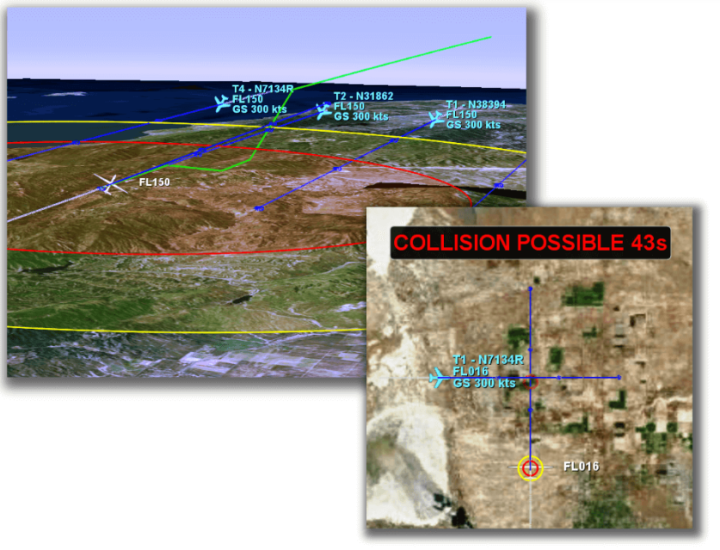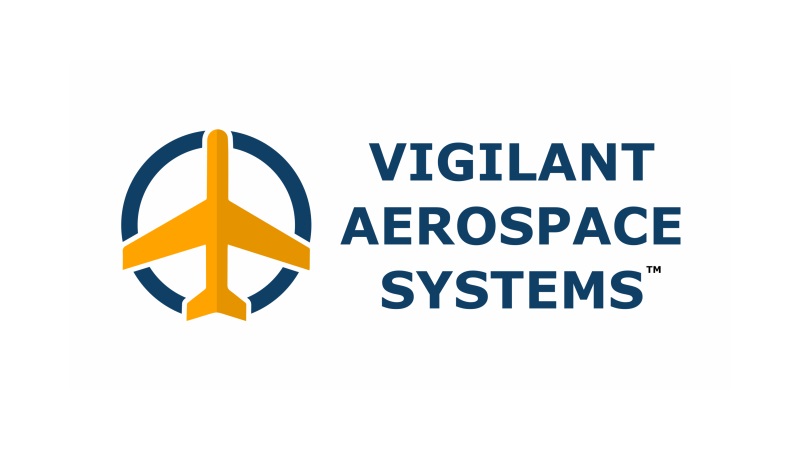
At October’s UAS Summit & Expo CEO Kraettli Epperson gave a presentation on Adapting and Enhancing a Detect-and-Avoid System for Drones: From Commercial Product to Military Product and Back Again to Dual-Use.
Based on Vigilant Aerospace’s work with FlightHorizon, we’ve seen it deployed across a wide range of military and defense use cases.
The presentation covered the innovation journey of Vigilant Aerospace, successfully adapting our commercial, multi-sensor onboard drone collision avoidance system (detect-and-avoid) for a military drone project and then bringing the product back to the commercial drone and Advanced Air Mobility (AAM) market as a dual-use product.
The session highlights key aspects of this journey and product components, the anatomy of an onboard DAA system, the major challenges for these kinds of systems and insights into the broader implications for the industry.
System Overview
Vigilant Aerospace’s system integrates data from various sensors (radar, ADS-B, remote ID, FAA data) to enable collision avoidance and beyond visual line-of-sight operations.
The system is based on NASA-licensed patents and focuses on regulatory compliance and interoperability with different devices.

Dual-Use Transition
The company adapted its civilian technology for military use, specifically for the Air Force, under a Small Business Innovation Research (SBIR) program.
This involved scaling their onboard DAA system for larger military drones while meeting distinct military needs like enhanced situational awareness and standards compliance.
The Development Journey
The system evolved from NASA’s initial prototype to commercial ground-based and onboard products.
Extensive testing and sensor integration were conducted to meet both civilian and military requirements.
Flexibility in software and hardware design was critical for rapid adaptation and modular deployment.
Challenges and Innovations
Differences between civilian and military needs include form factors, autopilot systems, communication methods, and regulatory standards.
The modular architecture enabled easy integration of new hardware and functionalities without disrupting the core system.
Applications
The system is used for airspace management in drone ports and supports advanced air mobility projects, including air taxis.
The presentation emphasizes the importance of adaptability, modularity, and compliance in transitioning technologies between civilian and military domains while maintaining core safety and operational capabilities.
Watch the full presentation:
Read the full transcript here.
Learn more about how FlightHorizon is being used across military tests and regional drone ports.
To learn more, visit our FlightHorizon product page.
About UAS Summit and Expo
The UAS Summit & Expo started as a small gathering of regional stakeholders. Now, 18 years later, the event in the Northern Plains of North Dakota has become a yearly major event for UAS experts from around the world. It’s the original epicenter of drone research, earned its place as the Silicon Valley of Drones and as you’ll see from the commercial, government and military flight activity filling the sky of the Northern Plains and beyond every day, it has truly become America’s UAS proving grounds.

